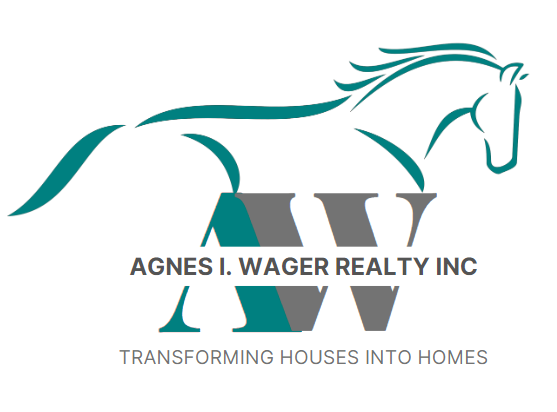Published September 20, 2024
September 2024: Key Trends and Insights in Real Estate

The real estate market continues to evolve this September, influenced by economic shifts, changing buyer preferences, and technological advancements. Whether you’re a buyer, seller, or investor, staying updated on the latest trends is essential. Here’s what’s shaping the real estate sector right now:
1. Rising Interest Rates Impacting Homebuyers
The ongoing rise in interest rates is a significant factor affecting the housing market this month. Mortgage rates have climbed, leading to higher monthly payments for potential homebuyers. First-time buyers, in particular, may find it harder to qualify for larger loans. However, in some markets, these rising rates have softened demand, offering opportunities for buyers to negotiate better deals or find properties at more reasonable prices.
2. Urban Revival with a Focus on Sustainability
While the pandemic led many to relocate to suburban or rural areas, urban living is making a strong comeback. Cities are once again attracting buyers and renters with their robust job markets, cultural amenities, and convenience. September sees an increased focus on sustainable urban development, with eco-friendly buildings, green spaces, and energy-efficient infrastructure becoming a priority. Buyers and renters are also more interested in properties that align with environmental concerns.
3. Shortage of Affordable Housing Continues
Affordable housing remains a pressing issue in September 2024. As home prices rise in many urban centers, middle- and lower-income families are struggling to find suitable housing. Although government efforts to expand affordable housing are ongoing, the shortage persists. Investors see opportunities in developing or refurbishing affordable units, especially in underdeveloped areas.
4. Increased Adoption of PropTech
Property technology (PropTech) continues to reshape the real estate landscape. From AI-powered property management tools to blockchain for secure transactions, technology is deeply integrated into the industry. In September, virtual tours, remote closing systems, and AI-driven property valuation models are trending, offering convenience and real-time data for both buyers and sellers. PropTech appeals especially to millennial and Gen Z buyers, who prefer digital-first experiences.
5. Luxury Market Stays Strong
Despite broader economic uncertainty, the luxury real estate market remains resilient. There’s steady demand for high-end properties, particularly in markets like Los Angeles, New York, and Miami. International buyers, especially from Europe and Asia, are keen on U.S. luxury homes as safe investment options amid global economic volatility. Buyers in this segment seek modern amenities like smart home features, expansive outdoor spaces, and proximity to cultural attractions.
6. Work-from-Home Influencing Design Trends
The influence of work-from-home (WFH) culture continues to be felt in home design and development. Properties with dedicated home office spaces, soundproofing, and enhanced home tech setups are particularly in demand this September. Spacious floor plans that accommodate multi-functional spaces, such as home gyms or offices, attract buyers expecting long-term remote or hybrid work.
7. Investor Opportunities in Rental Markets
With many people postponing home purchases due to high mortgage rates, rental demand remains strong. Investors are focusing on rental properties, especially in suburban areas near major cities, where renters can access urban job markets while enjoying more space and affordability. Build-to-rent developments—communities designed specifically for renters—are gaining momentum and presenting new opportunities for investors looking to diversify.
8. Climate Risk Shaping Market Preferences
Climate risk is playing a larger role in real estate decisions. Buyers are more cautious about purchasing properties in areas prone to natural disasters, such as wildfires, floods, and hurricanes. As a result, there’s growing interest in homes located in safer regions, along with properties that are fortified against climate risks. Features like solar panels, water conservation systems, and hurricane-resistant structures are becoming more desirable among eco-conscious buyers.
Conclusion:
The real estate market this September presents both challenges and opportunities. While rising interest rates and a shortage of affordable housing pose obstacles, the resurgence of urban living, growth in the luxury market, and ongoing rental demand create promising prospects. Moreover, advancements in PropTech and sustainability are driving innovation, offering new possibilities for buyers, sellers, and investors alike.
Keeping an eye on these trends will help you make strategic decisions as the real estate landscape continues to evolve. Whether you’re buying, selling, or investing, the market offers dynamic opportunities for everyone.





